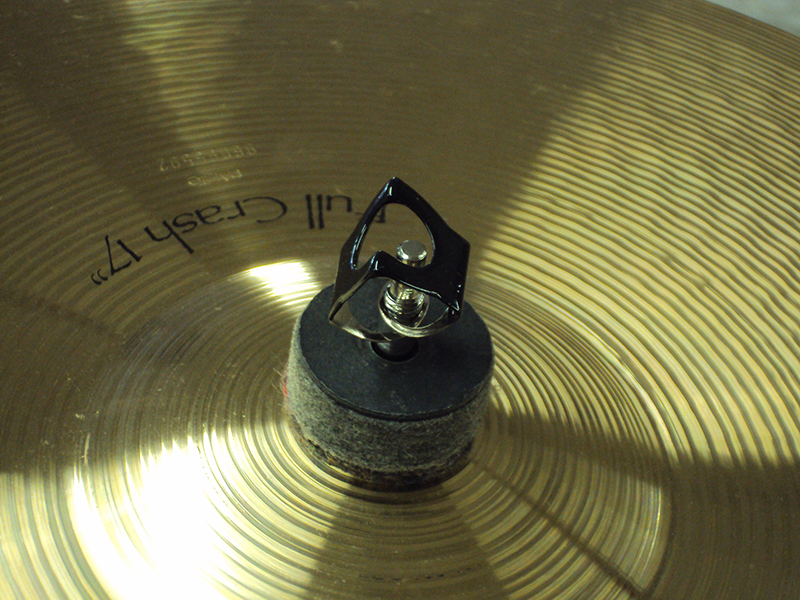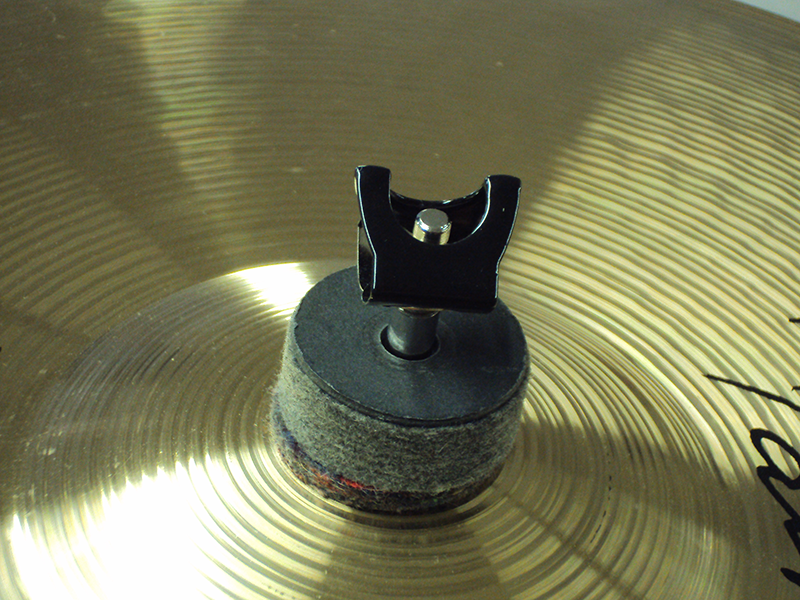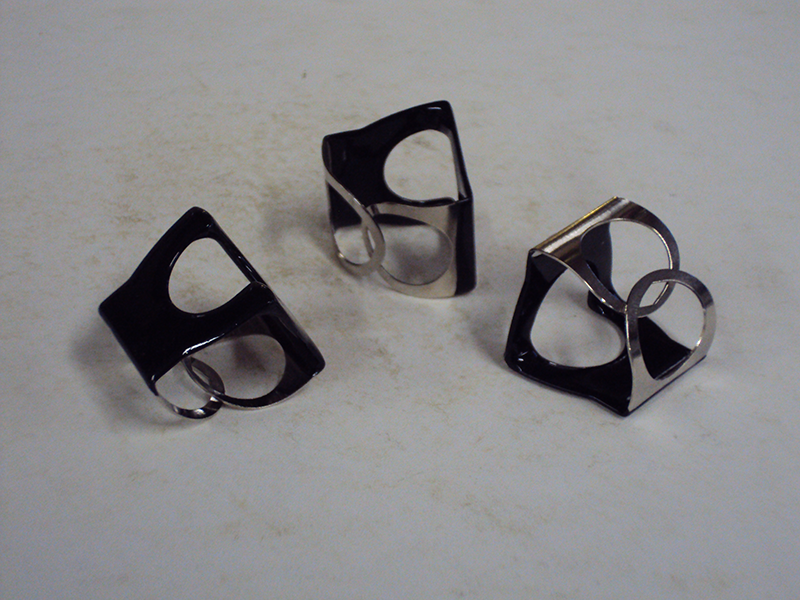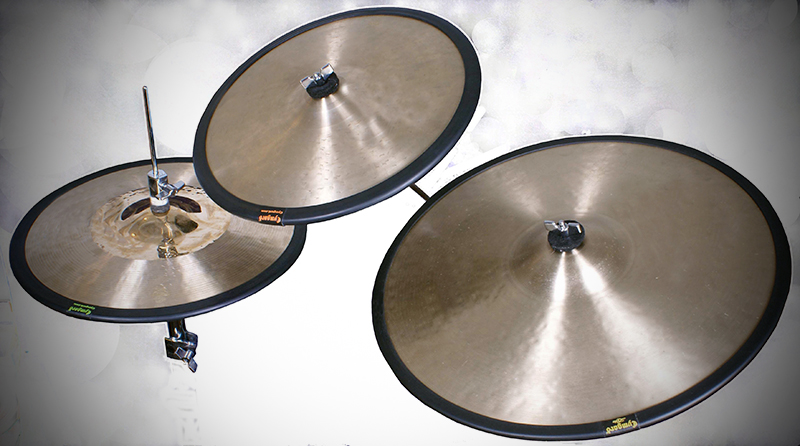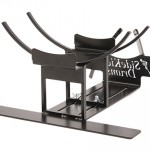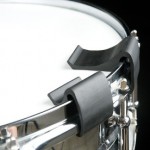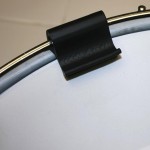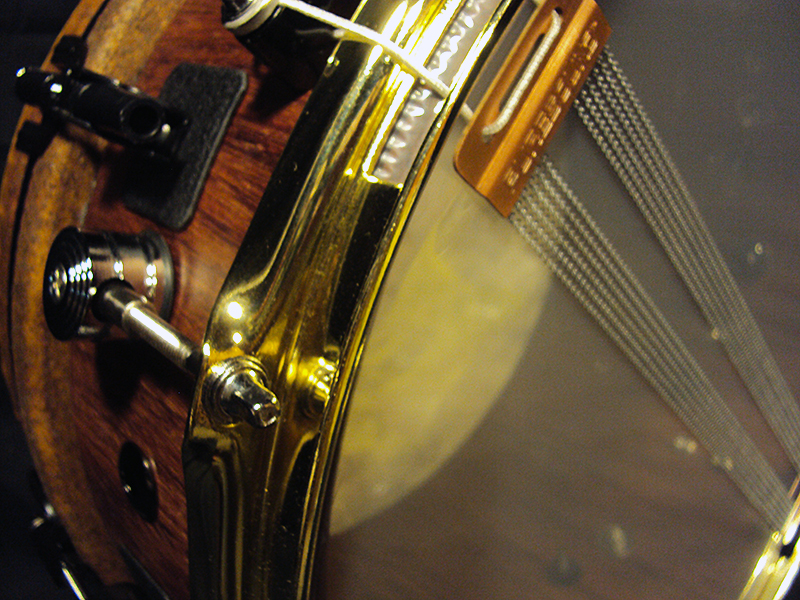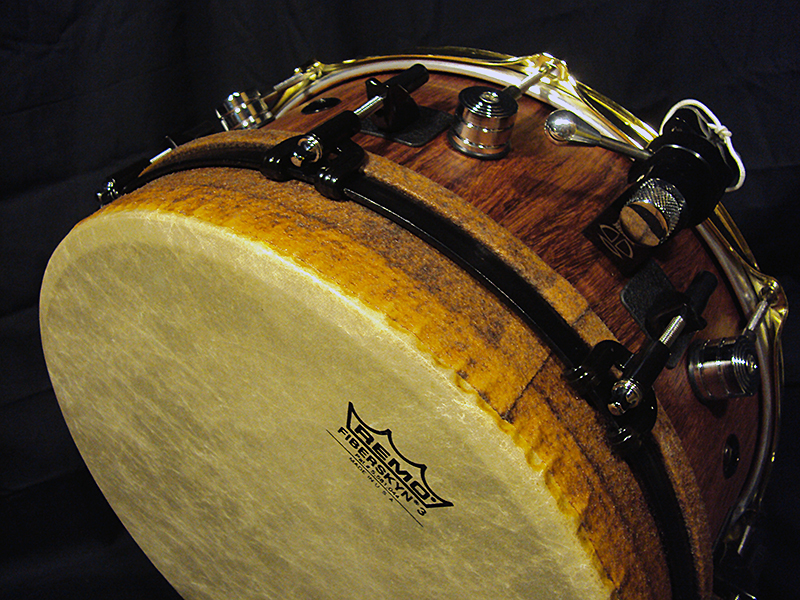Following in the footsteps of so many American drum makers, Ed Mendel honed his master woodworking skills in fields somewhat far remote from drum making. Located in Gainesville, FL, Ed has worked under a master craftsman in cabinet making and is a custom home builder and designer, as well as a General Contractor. Being a life-long drummer, Ed sought out something different in drums. Through experimentation and trial and error, Ed founded a company with a slightly different focus: Ancient Tree Drums.
I first came across Ancient Tree Drums when I was at the Chicago
Drum Show a few years ago. They immediately stood out to me from
the rest of the crowd. They not only looked like percussive art,
but they sounded like percussive art!
The whole presentation exuded a sort of historic…..older-than-dirt….artsy…..and just down-right cool kind of vibe. I ended up coming back a couple of more times, tapping and examining the different models presented before pulling the trigger on a model Ed refers to as “The Architect:” a vertical stave constructed, river recovered, cypress heartwood drum with rock maple hoops and very artsy, dark/rust powder-coated lugs. I just loved the sound I was hearing: It sounded like the snare drum I’ve been hearing in my head for years, and it didn’t look like any other drum around. It immediately became one of my “go-to” drums.
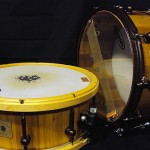 Since then, I’ve had Ed make me a similar drum, another Architect model, with 2.3mm, triple-flanged matching metal counter hoops. The drums are almost identical in construction and design, but, have some very different sonic qualities due to the difference in counter hoops and being from different river recovered logs. (Each Ancient Tree drum has its own unique characteristics.)
Since then, I’ve had Ed make me a similar drum, another Architect model, with 2.3mm, triple-flanged matching metal counter hoops. The drums are almost identical in construction and design, but, have some very different sonic qualities due to the difference in counter hoops and being from different river recovered logs. (Each Ancient Tree drum has its own unique characteristics.)
Both shells are a 6” x 14”, 20 piece stave construction with vertically running grain, which helps to bring out the lower fundamental tones of the shell, and are about ½” thick.
These particular shells have a very solid, low-end punch that I don’t very often hear in a snare of this size. Along with extreme sensitivity and crispness, there’s a lot of power here.
The cypress heartwood has an estimated age of around 1500 years and has spent roughly 150 years at the bottom of a river in Florida. Being a heartwood, it contains a large enough percentage of resign to prevent it from absorbing water, preserving it on the river bed in a relatively “dry” state. The grain of this wood is so tight (as well are the joints holding the staves together) and clear, it rivals maple. This river recovered cypress heartwood is undoubtedly one of the rarest woods around.
Both drums are equipped with Evans heads; PureSound twenty-strand snare wires, Trick three-step snare throw-off, and powder-coated, custom-milled, aeronautical aluminum single post lugs. The lugs and the 2.3 triple-flanged metal counter hoops have a nice dark, three dimensional look and feel that adds to the overall warmth of this small piece of art.
In playing Ancient Tree drums for the last few years, I’ve come to
know them pretty well. The shell has the projection of maple,
but with a serious warmth and “Earthy-ness” that can
only come from this type of wood.
From a response and sensitivity standpoint, I think this may be one of the most sensitive drums I’ve played in years. Every note is clear and articulate at any volume. The main difference I find between the two models centers on the counter hoops. As one might expect, the metal hoops bring out a brighter timbre and overall crack with a certain openness that gives this drum a bit more volume and life than the wooden hoops allow. The wooden hoops seem to give a more controlled sound.
 The difference in the logs that make up the shells also weighs in on the over-all timbre. The model with the metal hoops utilizes some lighter colored wood, which I suppose adds to a slightly brighter sound quality as opposed to the mostly darker colored wood which makes up the rock maple counter hoop drum. Granted, these are all small nuances that make up the characteristics of any drum, but definitely ones you want to take into consideration when picking your next best drum!
The difference in the logs that make up the shells also weighs in on the over-all timbre. The model with the metal hoops utilizes some lighter colored wood, which I suppose adds to a slightly brighter sound quality as opposed to the mostly darker colored wood which makes up the rock maple counter hoop drum. Granted, these are all small nuances that make up the characteristics of any drum, but definitely ones you want to take into consideration when picking your next best drum!
Ancient Tree Drums also come in a variety of other great woods, materials, sizes and combinations. Ed also currently offers other rare and ancient, river recovered heartwoods in Longleaf & Curly Pine varieties, in addition to Black Southern Cherry, and Black Walnut. All wood selections are subject to availability. But as Ed discovers different woods, different models will always be offered. In addition to the rock maple hoops, Ancient Tree also makes some custom hoops with wood combinations such as segmented rock maple/cherry as well as other domestic and exotic materials, along with wood in-lays for that extra touch. The hardware combinations also seem to be varied: to see what Ed and Ancient Tree Drums are currently offering, visit them at the web-site to see what’s new.
So, the sound isn’t necessarily “different”…..it’s just a great sound, which is exactly what Ed set out to do! It sounds like a great snare drum with its own distinct characteristics. If you’re looking for that one drum that combines sonic and visual superiority as well as the craftsmanship and rarity of valuable art, I would have to recommend a serious look at these Ancient Trees and this master drum builder.
From Lancaster County PA, Thoughts from the shop……….
Brian Hill

